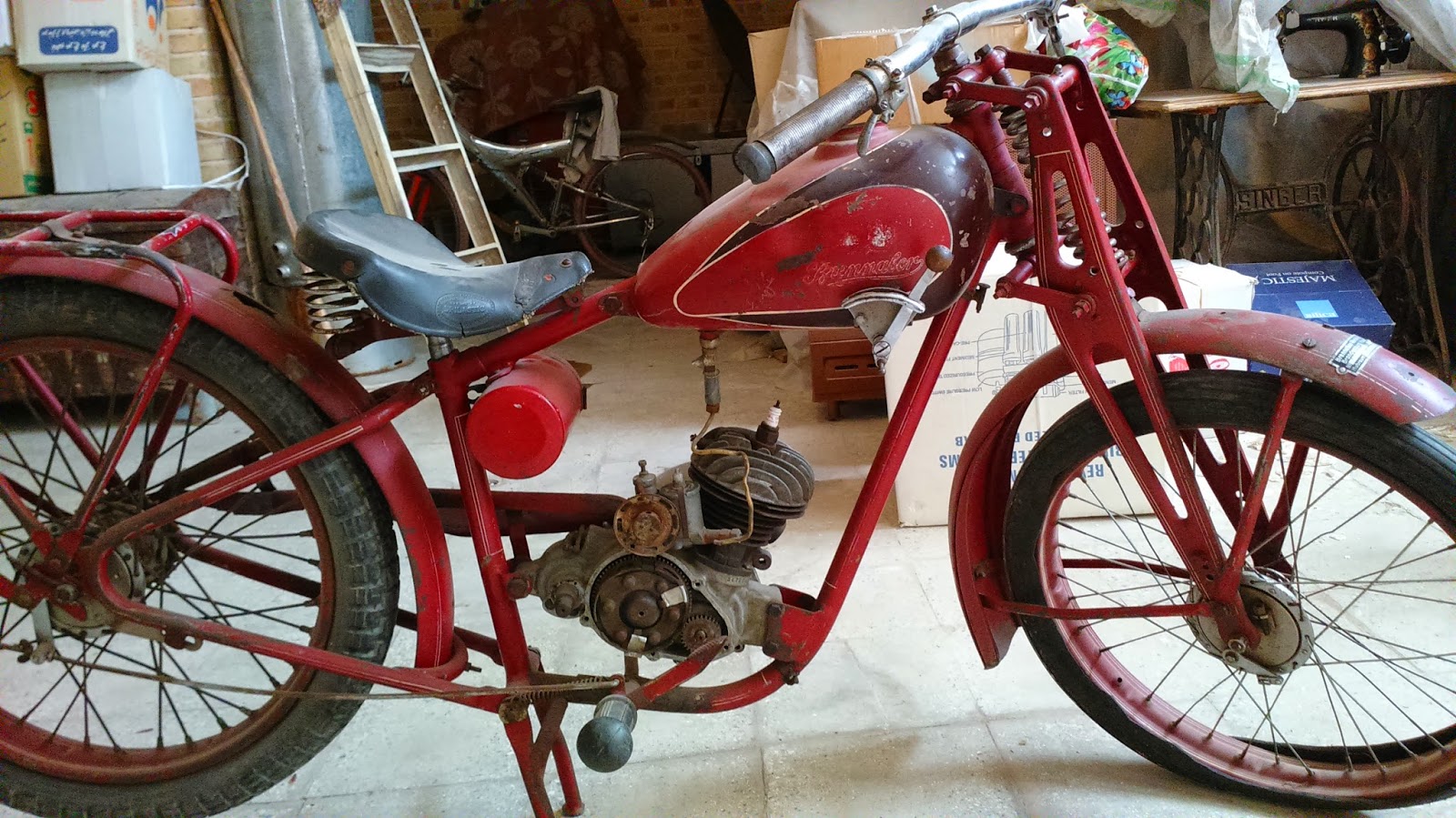It was of course, the Batman of the 1960s. And this past weekend, one of television's - and popular culture's - most sacred automotive cows was sacrificed by its creator and owner to a very lucky (and wealthy) collector.
Ladies and gentlemen, the very first, original 1960s Batmobile - the Batmobile used in the iconic telly series - has sold at auction for an astonishing £2.6 million ($4.2m).
A gentleman named Rick Champagne who lives in Arizona, purchased the vehicle over the weekend at the Barrett Jackson auction, after some spirited bidding. "It was a dream come true," he noted.
It's easily the most famous television car in history, starting out life as a Lincoln Futura concept car from 1955. Car customiser George Barris bought the concept from Ford for just $1, and following a meeting with Batman telly producer William Dozier, was given a budget of $15,000 and 15 days to come up with the ‘Batmobile'.
Suffice to say, he did pretty good. More mature readers of TopGear.com may remember the car came with such awesome gadgetry including the Batcomputer, smoke screen, emergency Bat turn lever, a Batphone, Detect-a-scope, and of course, that rear rocket thruster.
There was also a 6.4-litre (390 cubic inch) Ford V8 with an auto gearbox underneath, though we suspect the power output was a little shy of the 400bhp Chevy V8 used for the most recent Dark Knight's ride, the Tumbler.
"The car had to be a star on its own," Barris noted before the auction. That much is clear.
What's also clear, is the enduring awesomeness of the Ferrari 250 GT. Because elsewhere in auction-land this past weekend, a pair of GTs - SWB and LWB - sold at separate auctions for over $8m each.
A 1958 250 GT LWB California Spider sold for a whopping $8.25m (£5.2m), offered up by Gooding & Company, while a few miles away, RM Auctions sold a red 1960 Ferrari 250 GT SWB Berlinetta Competizione for $8.14m (£5.1m), a world record for this type of 250.
Oh, and to top it all off, the first 2014 Chevrolet Corvette Stingray - which only got its world premiere last week in Detroit - sold at Barrett Jackson's auction for $1.1m (£692k).
Have a click through the pics and tell us below - which is your favourite Batmobile? Don't forget, we've had a hotride in the Tumbler from The Dark Knight Rises...




